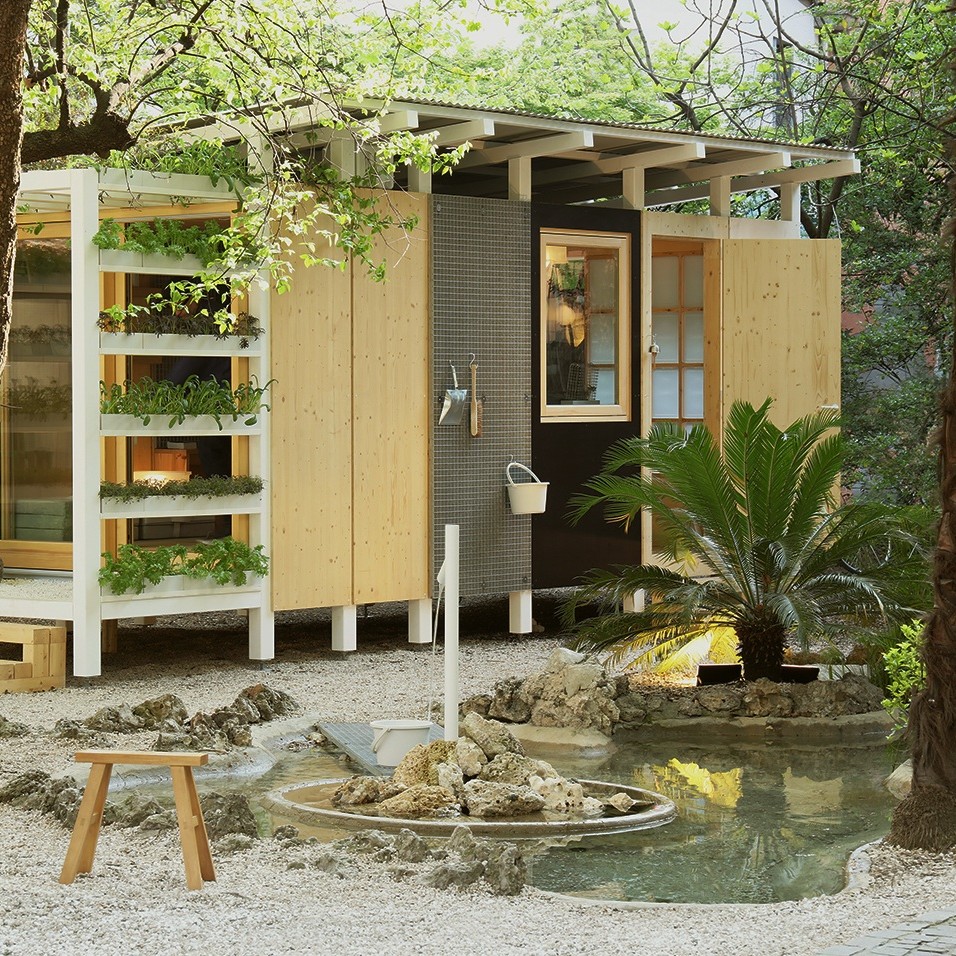Exclusive pre-launch interview with Francesco Airenti
GENEVITIS - a responsible eco-system based on 3 core values: Territorial Authenticity, Ethical & Social Responsibility and Long-term Sustainability
1. GENEVITIS is still in its pre-launch phase. What first inspired this model, and what opportunity did you see in the wine industry?
GENEVITIS was inspired by a clear gap in the Italian wine value chain: the need for a long-term, sustainable bridge between high-quality regional production and the growing demands of international retail. Italy is rich in cooperative wineries that preserve centuries of agricultural heritage, yet many of them remain under-represented on the global stage.
We saw an opportunity to create an integrated model where local excellence, design, and industrial know-how converge. GENEVITIS was conceived as a platform capable of enhancing the work of thousands of wine-growing families while offering international markets a consistent, credible and differentiating proposition rooted in authenticity and origin. It is both a cultural project and a strategic response to a rapidly evolving industry.
2. Before the official rollout, what core values do you want future partners and audiences to understand about GENEVITIS?
GENEVITIS is founded on three core values:
1. Territorial authenticity – Every wine is an expression of its land, its people and the agricultural history that shaped it.
2. Ethical and social responsibility – The cooperative system is central to the project; we highlight the work of communities that sustain Italy’s viticultural landscape.
3. Long-term sustainability – Economic social and sustainability guide the entire model, ensuring continuity for growers and transparency for consumers.
These values define GENEVITIS not only as a range of wines but as a coherent, responsible ecosystem.
3. You paired each Italian region with a dedicated designer. How did you approach this matchmaking, and why was territoriality so important?
The creative pairing was a deliberate choice to ensure that each wine would speak a visual language truly connected to its region. We selected designers who were either born in or deeply embedded within each territory, enabling them to interpret local symbols, colours and stories with cultural accuracy.
Territoriality is the essence of Italian wine. By integrating local designers into the process, we transformed regional identity into a contemporary visual narrative. This approach enhances recognizability for international audiences while preserving the emotional depth that comes from authentic, place-driven storytelling.
4. From a strategic perspective, why is GENEVITIS relevant for international retail — even before launch?
International retail increasingly seeks reliability, transparency and origin-driven products with strong identity. GENEVITIS provides all three through a unified but regionally diversified portfolio backed by a structured, private aggregator model unique in Italy.
Even pre-launch, GENEVITIS is relevant because it offers retailers:
• A scalable, multi-region supply chain based on more than 5,000 growers and 30,000 hectares of vineyards.
• Consistent quality and positioning, supported by dedicated technical and managerial oversight.
• A strong brand architecture, adapted to global consumer trends yet deeply rooted in local heritage.
It anticipates what modern retail increasingly demands: authenticity with industrial reliability.
5. The project brings together producers, designers, and industrial partners. How did this collaborative value chain, including UPM, shape the development of GENEVITIS?
GENEVITIS was designed as a collaborative ecosystem, not just a traditional supply chain. Cooperative wineries, creative partners and industrial suppliers all contributed to the final identity and performance of the product.
Partners such as UPM, Smurfit Westrock, Crealis, Luxoro, O-I and Amorim brought cutting-edge technical expertise in labeling, packaging, capsules, finishing, glass design and closures. Their involvement ensured that every component — from bottle to label — reflects innovation, commitment and aesthetic coherence.
This integrated approach elevated the project from a regional showcase to a comprehensive, value-driven platform capable of competing internationally.
6. Is there a moment or insight during the creation of the project that particularly moved or surprised you?
One of the most impactful moments was witnessing how quickly the cooperative communities recognized themselves in the project. Seeing producers, designers and technical partners align around a shared purpose — protecting local heritage while opening new global opportunities — reinforced the profound cultural value of the initiative.
The enthusiasm of the cooperatives, each representing hundreds of families, demonstrated that GENEVITIS was not simply a commercial idea but a meaningful way to give voice to territories that deserve greater visibility and recognition.
7. Looking ahead, how do you envision the future of GENEVITIS? Are new regions or directions anticipated?
GENEVITIS is designed as a long-term platform with room to grow. Our ambition is to continue expanding into additional Italian regions with strong cooperative traditions, strengthening the national network while maintaining rigorous quality and identity standards.
Future developments may include:
• Extending the portfolio to cover all major Italian wine territories.
• Enhancing sustainability practices and circularity across the entire chain.
• Developing educational initiatives, supported by our ambassador Cristina Mercuri, to spread knowledge in Italy and abroad.
• Exploring innovative formats and consumer-oriented solutions aligned with evolving global trends.
The project is just at the beginning of its journey.
8. Finally, without revealing too much, what would you like people to anticipate when GENEVITIS officially becomes available?
We want people to expect a range of wines that authentically embody Italy’s diversity — not through abstract storytelling, but through real cooperatives, real lands and real communities.
They should anticipate:
• Distinctive regional identities, expressed through both taste and design.
• Transparency and responsibility, embedded in every step of production.
• A contemporary Italian wine experience, elevated yet accessible, rooted in heritage but crafted for today’s global consumer.
In essence, GENEVITIS will be an invitation to discover Italy through the voices of the people who cultivate it every day.



